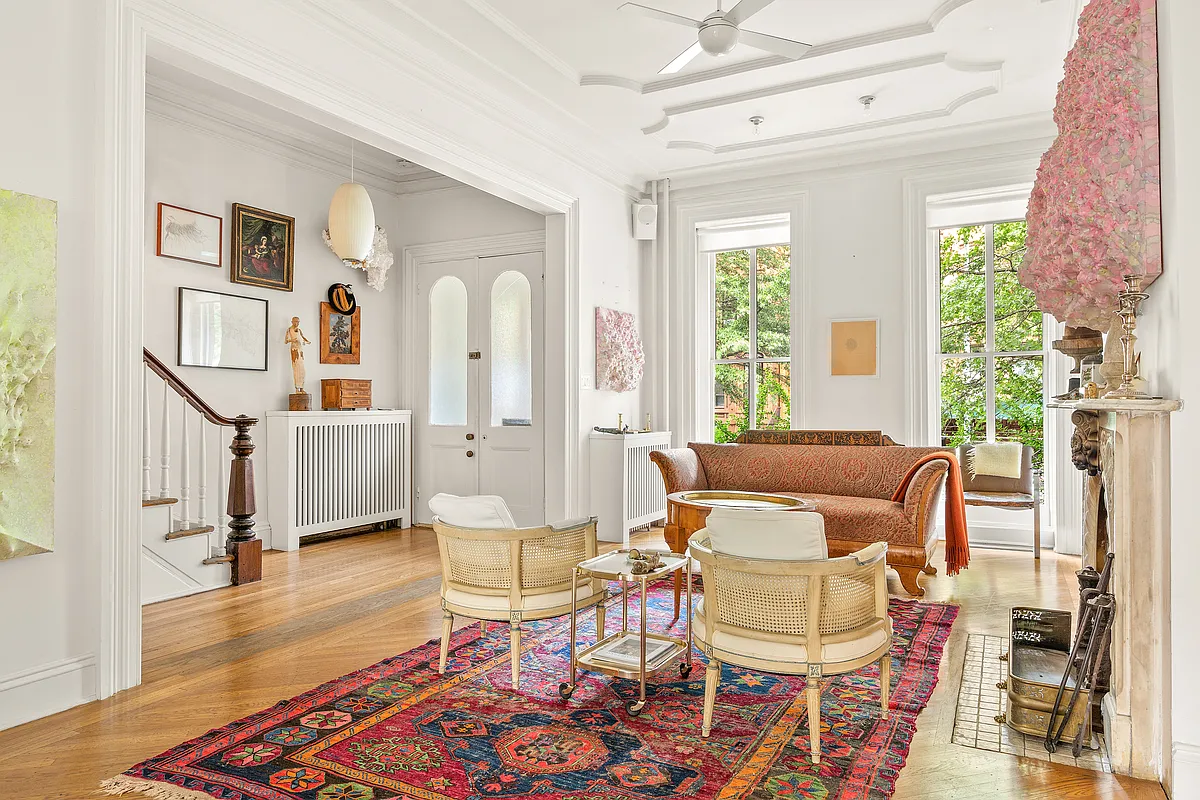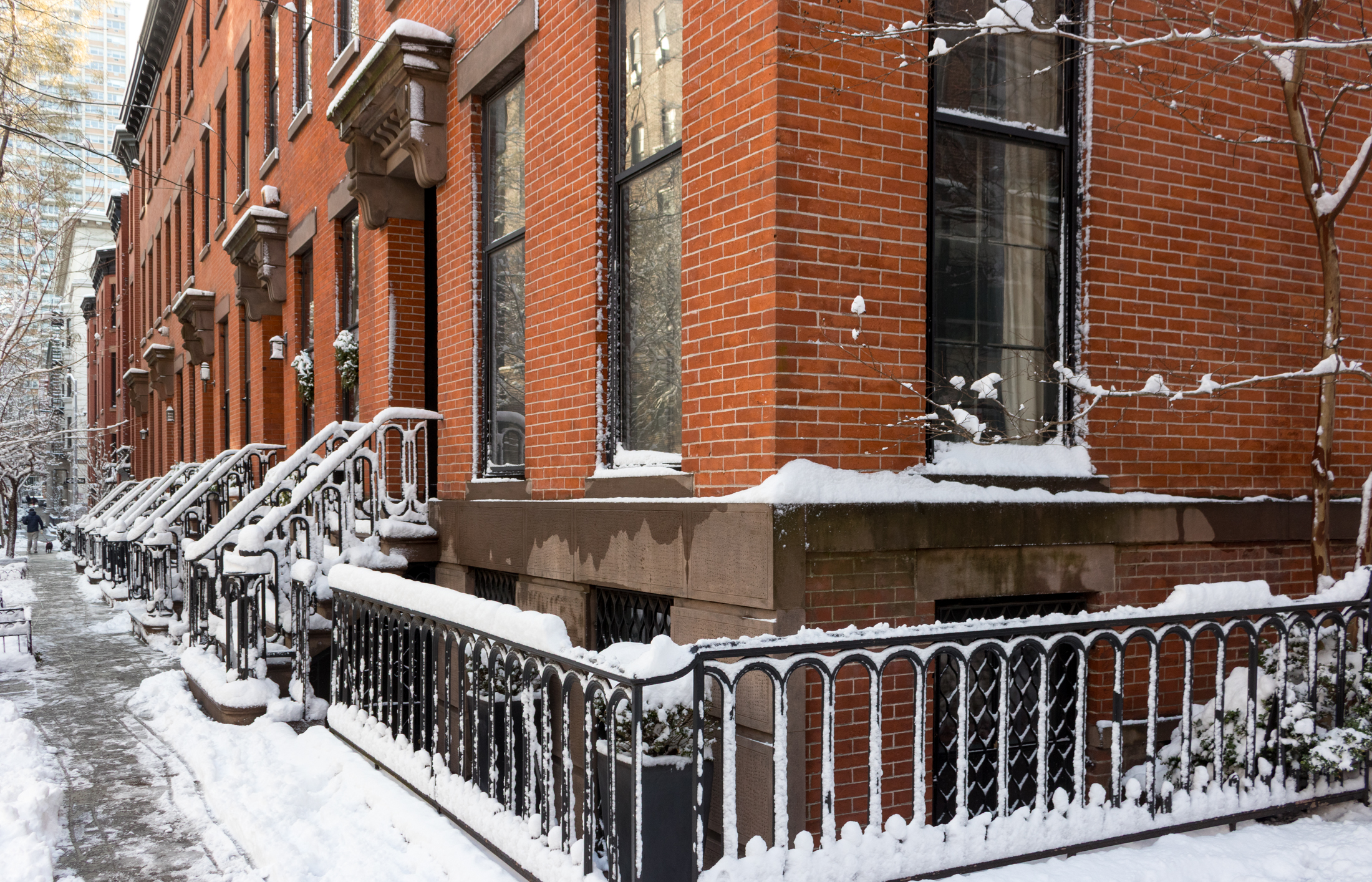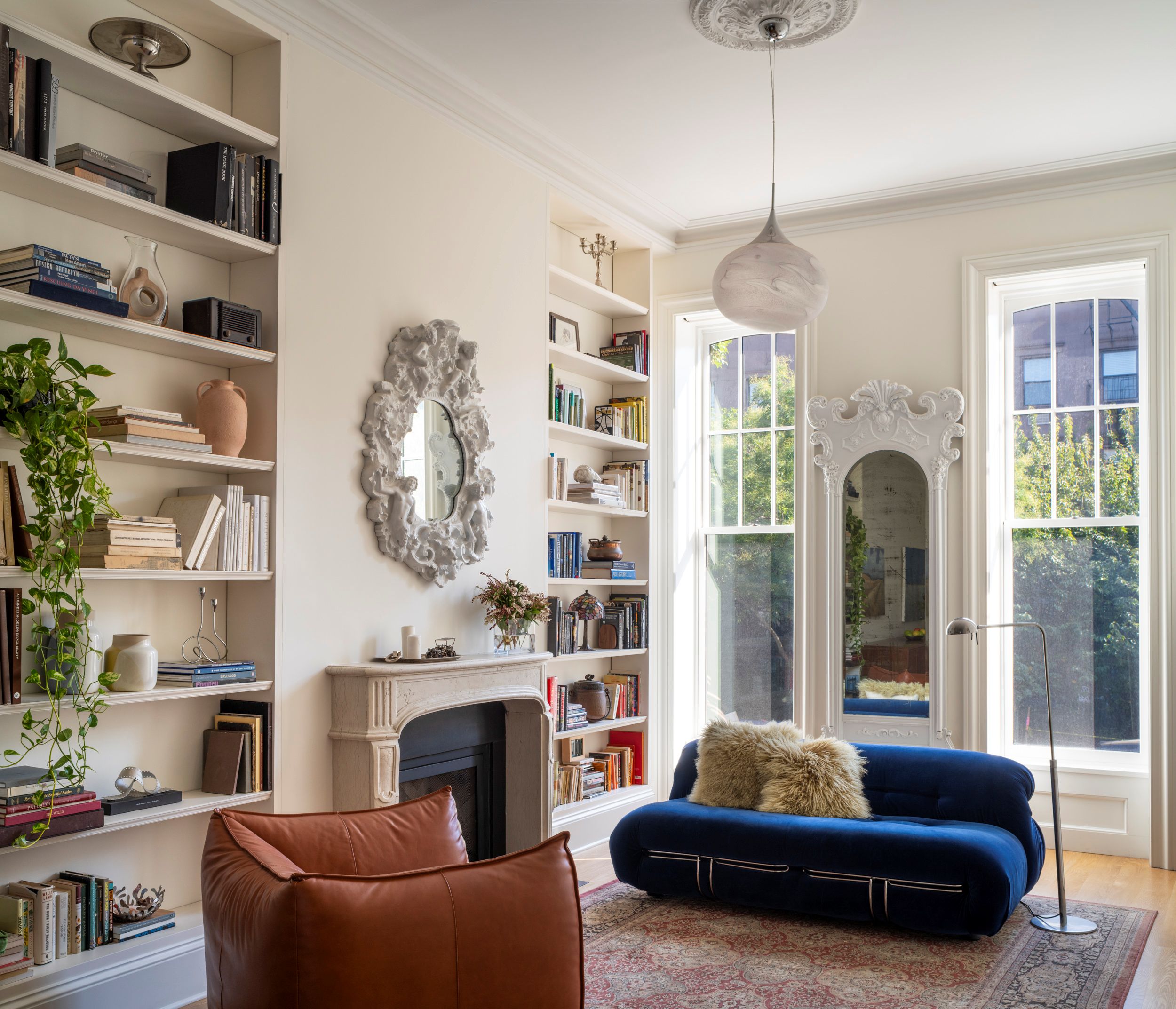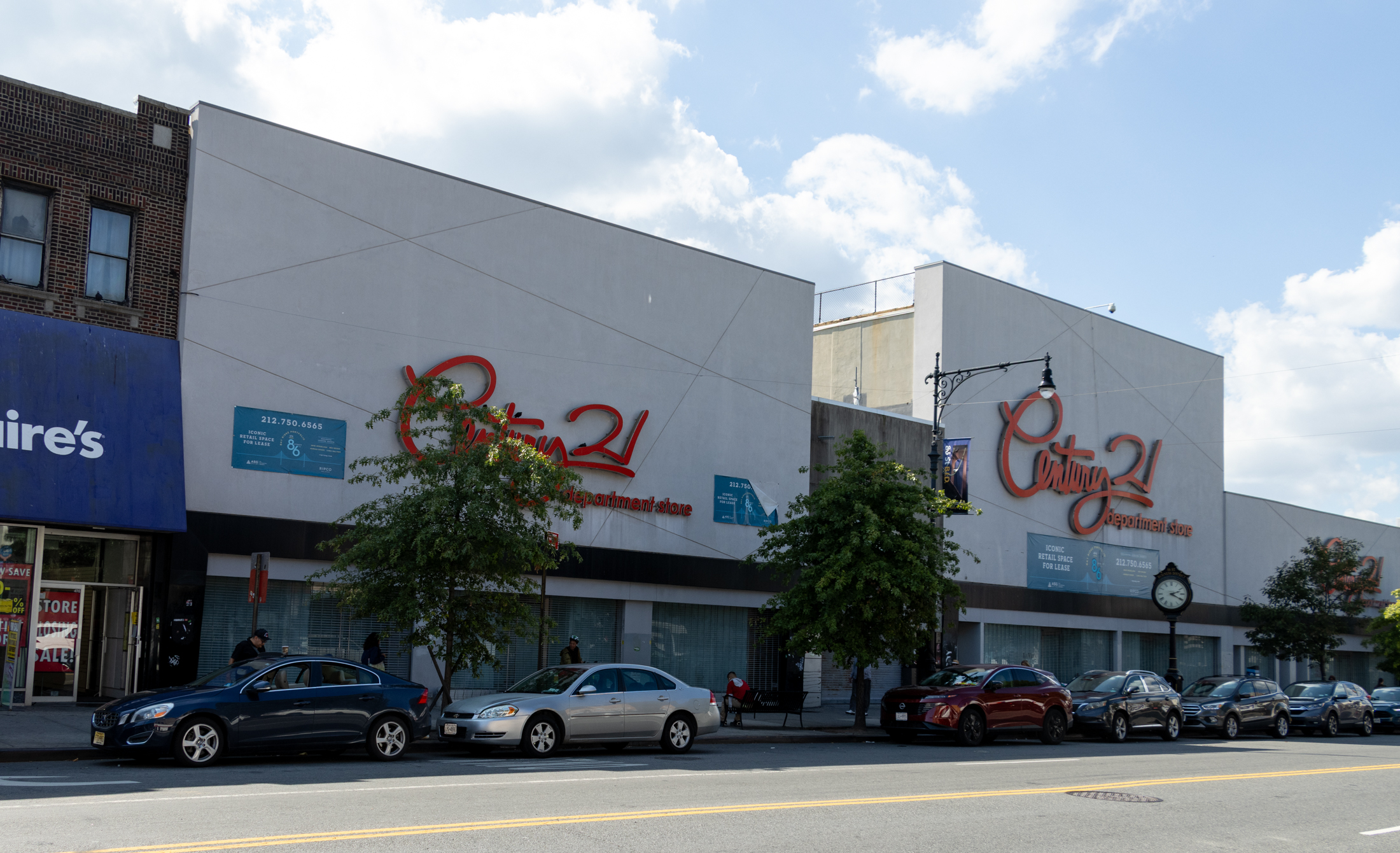The New Gentrification
The Friday Times took another look at the work of Jane Jacobs, who “waged heroic war against planners who dreamed of paving the Village’s cobblestone streets, demolishing its tenements and creating sterile superblocks.” According to Sharon Zukin, a Brooklyn College sociology professor and author of Naked City: The Death and Life of Authentic Urban Places,…


The Friday Times took another look at the work of Jane Jacobs, who “waged heroic war against planners who dreamed of paving the Village’s cobblestone streets, demolishing its tenements and creating sterile superblocks.” According to Sharon Zukin, a Brooklyn College sociology professor and author of Naked City: The Death and Life of Authentic Urban Places, saving the cobblestone streets and old architecture may retain a neighborhood’s character superficially, but is doesn’t do much for the community who gave the neighborhood its soul. Zukin paid a visit to Williamsburg (“the East River gold coast”), where she pointed out “a low-slung old granary with a MacBook-speckled coffee bar” and said, We’ve gone from Jacobs’s vision to the McDonald’s of the educated classes. Are you buying what Zukin’s selling?
A Contrarian’s Lament in a Blitz of Gentrification [NYT]





Nostalgia ain’t what it used to be.
Sharon Zukin rules. Reading her my senior year in college in a sociology class in central Pennsylvania was my introduction to these issues. Maybe you can pick apart areas of her thesis, but it’s important that someone does this work and that little suburban punks like me get to understand the big picture.
Out in the country,
Far from all the soot and noise of the city,
There’s a village green.
It’s been a long time
Since I last set eyes on the church with the steeple
Down by the village green.
’twas there I met a girl called Daisy
And kissed her by the old oak tree.
Although I loved my Daisy, I sought fame,
And so I left the village green.
I miss the village green,And all the simple people.
I miss the village green,The church, the clock, the steeple.
I miss the morning dew, fresh air and sunday school.
And now all the houses are rare antiquities,
American tourists flock to see the village green.
They snap their photographs and say
“Gawd darn it,Isn’t it a pretty scene?”
And Daisy’s married Tom the grocer boy,
And now he owns a grocery.
I miss the village green,And all the simple people.
I miss the village green,The church, the clock, the steeple.
I miss the morning dew, fresh air and sunday school.
And I will return there,And I’ll see daisy,
And we’ll sip tea, laugh,And talk about the village green.
We will laugh and talk about the village green.
-Village Green by Ray Davies
This is an article about tunnel-vision.
Rapid gentrification is a product of New York’s economy. We can only wonder what NYC’s neighborhoods might see over the next 20 years: will population growth continue the demand for housing or will there be a lull or even a slight exodus from the city? Development is only a function of what is needed for housing demands. Immigrants mostly move into affordable neighborhoods, which 50 years ago happened to be Greenwich Village. Ms. Zurkin’s Philadelphia roots show through, since she comes from a city with slow urban growth and thus little displacement/turnover of existing neighborhood populations.
“Benson, everyone, including the tax man, seems to have gotten past Bread Stuy having a fund raiser to help them out. Since no one was forced at gunpoint to support the place, yet many did, BECAUSE THEY WANTED TO, you really need to get over bringing it up every ten minutes as an example of some kind of “Brownstoner orthodoxy”, or evidence of the kind of horrible state of depravity neighborhoods have sunk to. Since you will never go there, anyway, why spend your copious scorn on the place, which has never affected you in any way? It really is getting tired.
Posted by: Montrose Morris at February 22, 2010 10:23 AM”
Montrose;
If it is getting tired, simply scroll past my post. No one is forcing you to read it. QED.
modern day city dwellers are SOOOOO annoying tho.
*rob*
“I’m not arguing with beautifying neighborhoods. God speed. I’m glad I live in a beautiful hood. But I think too often the definition of what is beautiful is narrowed to include only elements of a particular socio-economic experience.”
Ecoux,
What you, Minard and Montrose don’t get is what Cromsonson stated above.
Who but the rich and upper middle-class can ultimately live in these “preserved” areas? Do you think a Con Ed worker has the money and time to deal with keeping up a brownstone,once any exterior renovation has to be approved by the LPC? Do you think he or she has the money to buy LPC-approved windows or doors? Of course not. Do you think a guy who has to work the evening shift at a generating-plant wants to drive home and spend 1/2 hour looking for a parking spot at 2 in the morning? Of course not.
Montrose and Bxgrl often point out that the long-timers were behind the landmarking of CHN. My response is: why shouldn’t they be? They know full well that it will lead to an accelerated appreciation of values. Moreover, I challenge everyone on this site to find ONE area that, 25 years after LPC designation, is still an economically-mixed area. If there are some poor or working-class folks left, it is because they are legacy rent-controlled tenants.
I agree that the UWS used to be much more diverse. When I was in college, we used to go to Columbus Avenue for the bargains at the bodegas and the secondhand shops. There were also blocks that were predominantly Puerto Rican, holdouts from the older “West Side Story” era. Today the UPWS is uber-wealthy and chi-chi. Is that bad? Would it have been better if the process of de-gentrification had continued through the 1970’s, 80’s, and 90’s? Those grand old buildings were not built for poor people, the de-gentrification process began shortly after WWII and started to be reversed after Lincoln Center was built and really picked up steam in the 90’s. Cities change and morph. And city dwellers have the God given right to complain bitterly that things are changing for the worse and the whole place is going to hell.
May I remind some of you that nearly 9 months ago during a discussion of “If money were no object where in the city would you live?” many of us (including myself) said the West Village.
Some points I noticed in this article:
1. “Middle-class “pioneers†buy brownstones and row houses. City officials rezone to allow luxury towers, which swell the value of the brownstones.”
Not necessarily and I don’t see how that logic follows.
2a. Jacobs can’t be blamed for, and Zukin must know this, but the concentration fo wealth and income disparity is also an element here.
2b. As Edenic those days in the Village were, it’s really a unique phenomenon and why people constantly expect the magic or the “ghosts of hip” to return there perenially makes no sense. Add on to that relentless flogging of the Village culture as the most ideal, elf-actualized NYC existence…blecch. Not really true.